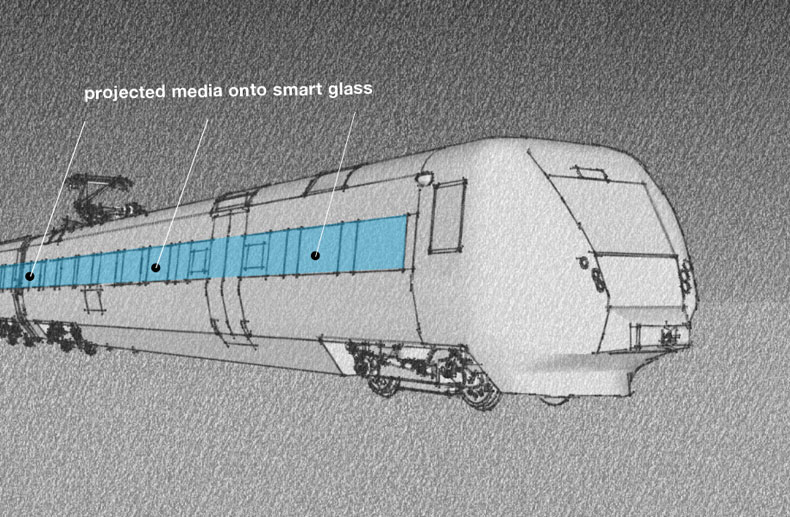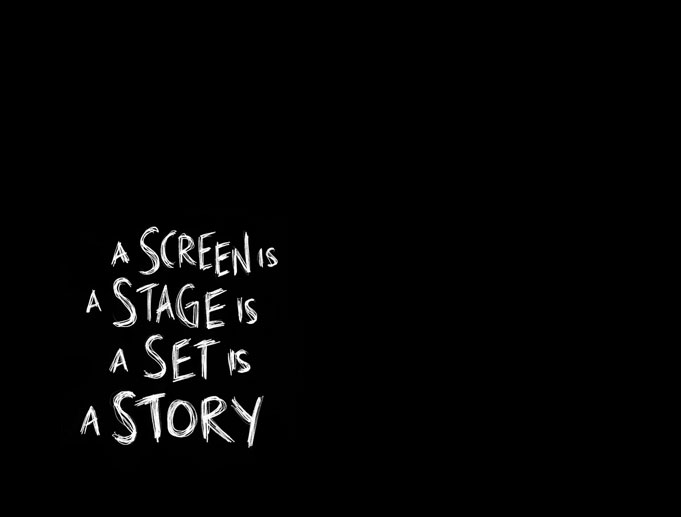
| Abstract | Introduction | |
"A screen is a stage, is a set, is a story", is a critical study of the form and function of the contemporary "media screen" specifically in relation to public space. The series of experiments focus beyond the form of a singular flat surface, to explore an immersive experience marrying the affordances of physical and virtual space. Utilizing the designers background in theatre, he has equated the screen to that of a stage in pursuit of exposing and extending the boundaries of digital storytelling. This recontextualization shifts the screen from a single plane into a system of planes, and introduces the need for a set of newly designed narrative considerations such as materiality, and experiential and spatial compositing inherent within performance." |
As Media Architecture or "Mediatecture" becomes commonplace in the landscape of our built environment, our constant interaction with it will undoubtedly deem it as an effective medium. If we move past the decorative function of Mediatecture and look at it within the context of storytelling, what frameworks can be applied with this in mind? Fragmented and disjointed narrative structures are appropriate ways of communicating when dealing with issues of time and space. 'A screen is a stage is a set is a story" seeks to explore the relationship between narrative structures and inhabited spaces, specifically within the affordances of digital media. |
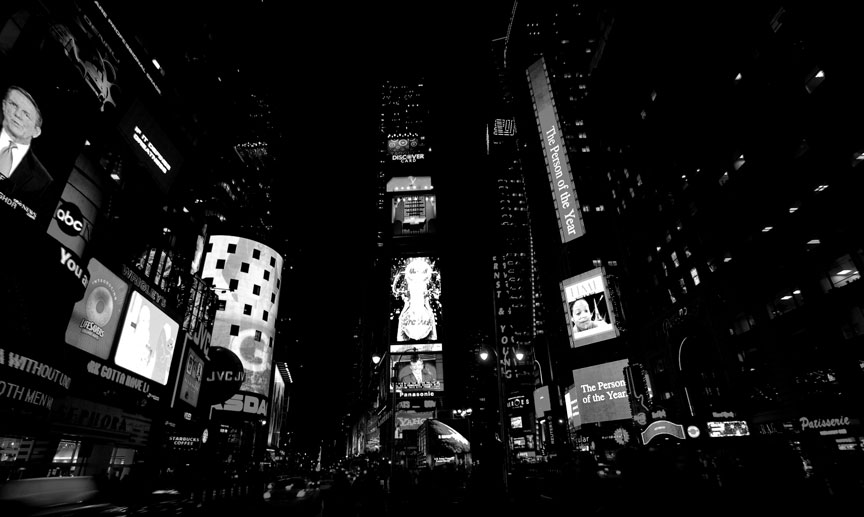
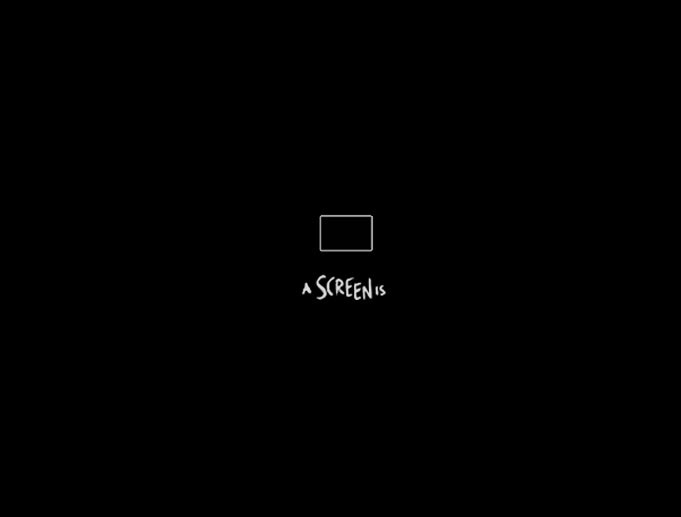
If you want to exceed all closed space, you will finally end up in the street. ANIKA BLUNCK
|
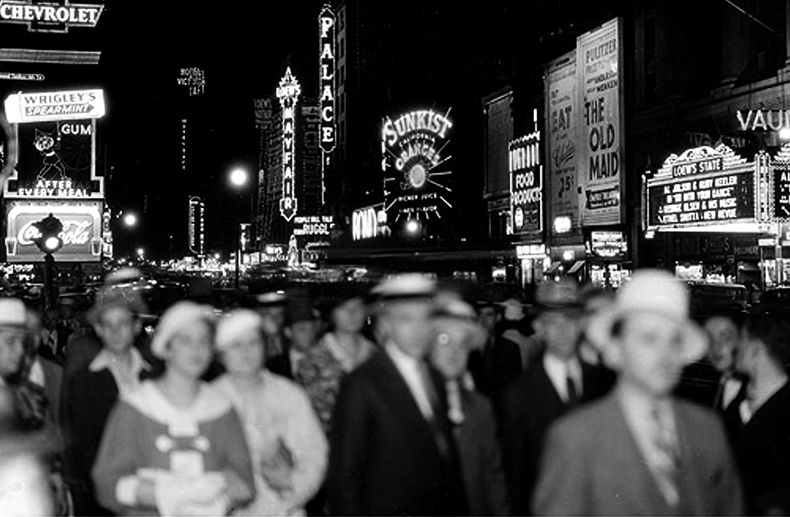
Media-tecture : Evolution of the Cinematic Spectacle // When we look at recent retail developments in Los Angeles, we uncover more than the typical strip malls that sprang up during the mid to late 20th century. These contemporary retail destinations can be seen as themed attractions, borrowing more from the visual vernacular of Las Vegas than the downtown shopping districts of many metropolitan cities. Though the technology in which these spectacles were engineered are vastly different, the visceral experience is entirely congruent. Analog tapestries of lightbulbs, have become programed symphonies of LED's. It's something that is being used in an increasing pace as a marketing gimmick to draw customers into a specific store, or venue and away from the competition. |
LA Live, and The Americana are examples of these modern day adaptations of the American Marketplace. These spectacles can be attributed to the current phenomenon of Mediatecture. Mediatecture, is plainly, the crossroads between media and architecture. It's most common aspirations is to make a building more attractive to the eye with the use of technology, lighting, video and sound presumably to help draw in a crowd of enchanted consumers. Customers have begun to have higher expectations for the places they go to spend their hard earned cash, and Design has answered their call. With the advancements in technology over the past decade, new design firms like Obscura Digital and Brand New School are making Mediatecture a lucrative business. |
Like the initial films of Cinema Pioneers, most notably Edison and the Lumiere Brothers who dazzled audiences with the phantasmic actualities of everyday life. These firms are turning heads with their new media framework. Transforming static images into moving orchestrations of light, is once again at the crux of introducing a new medium. Thus turning the facade of a building into a platform in which a new style of virtual narrative can be consumed for public entertainment. |
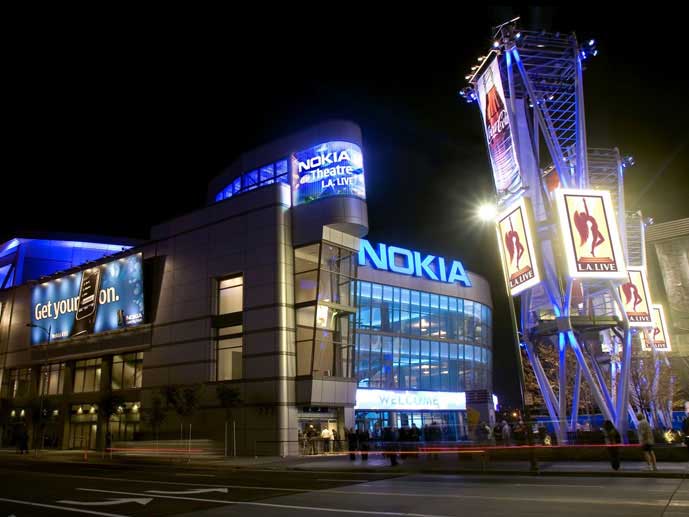
 |
||||||||||
|
||||||||||
| Cinema of Attraction : The Ability to Show Something | ||||
// Audiences of Mediatecture are much more fascinated with the spectacle than the curated content. To the artistic circles of the early 1900's, cinema was exciting because of its radical newness and its ability to hypnotize audiences with immediacy and impact. Tom Gunning's The Cinema Of Attractions: Early Film, Its Spectator, and the Avant-Garde, Gunning states it's a cinema that bases itself on the quality that Leger celebrated: its ability to show something." The ability to show something (i.e. the images they see), stimulates the senses on a level that is purely exhibitionist. This clearly is an affordance of the medium but tenably a creative constraint, as it is simple to only rely on the spectral sequences. |
At the turn of the century , cinema was one makeover after another. Filmmakers of that era were attempting to create unique images of extreme potential, images that went far beyond the act of reproducing everyday life. Filmmakers such as George Milies began experimenting with narratives in this new medium. Milies looked to theater, and it's approach of creating fantasy beyond the normalcies of everyday life. He unlike many of his contemporaries pushed towards the structure of a linear narrative, while utilizing the allure of the "spectacular image". This adoption of storytelling aligned film alongside theater, acknowledging cinema as a legitimate mode of narrative consumption. |
Is Mediatecture's future already predetermined by the evolution of Cinema a century ago? Will spatial designers, filmmakers and artists author a new narrative experience beyond practical, functional, or aesthetic considerations? |
||
| Bike Jazz : Projecting Video in Public Space | ||||
// In order to understand Media's relationship to space one must plainly make. Bike Jazz was a collaborative performance between the designer and Alex Braidwood, an experimental sound artist in Los Angeles. The improvisational experimentation was performed in an industrial part of Pasadena near the entrance of the 110 freeway. The work explores the history of manual biking in the surrounding area. One of the main strategies used by video-installation artists is the incorporation of the space as a key element in the narrative. Site specificity has been a deliberate tactic artists use in order to add a layer of meaning inherent to the space. |
One of the key insights gathered from the collaboration, is that video projection does not necessarily rely on many of the conventions that define traditional cinema. Video installations does not need dialogue, it does not need a discernible narrative or plot, or adhere to any of the other conventions that define film as entertainment. This distinction is worthy of note, because it delineates digital video art not only from cinema but also from the subcategories where those definitions may seem similar, such as experimental cinema or short films. Cinematic Narratives initially emulated Live Theater but then began constructing an expanding model for the new medium. |
Current Mediatecure that models itself after television and video art, shouldn't limit to these conventions as it seeks to form it's own identity. The designer believes the phenomena will more than likely evolve to posses characteristics that align closer to theater than film. |
||
| No Boundries | ||
// The frame of a screen is undoubtedly an item of contention to immersive experiences. Most video artists design with it in mind, and use it to support context of the overall composition. In this experiment the designer has consciously tried to remove or mask the boundaries of the screen. With pre-production compositing and an unorthodox display material he is able to stitch together a composition that dissolves the traditional rectilinear container. The designer actively uses the physical landscape to ground the composition into reality. This merging of the physical and virtual begin to change the relationship of the spectator and content. |
The video is displayed in such a way that the objects within the composition becomes part of the landscape that the viewer inhabits. |
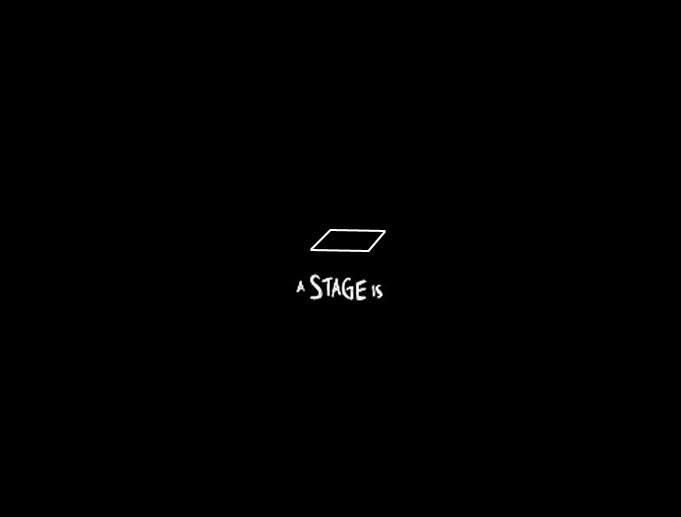
The main cause for disappointment in and for television is the failure on the part of it's critics to view it as a totally new technology, which demands different sensory responses. MCLUHAN / FIORE |
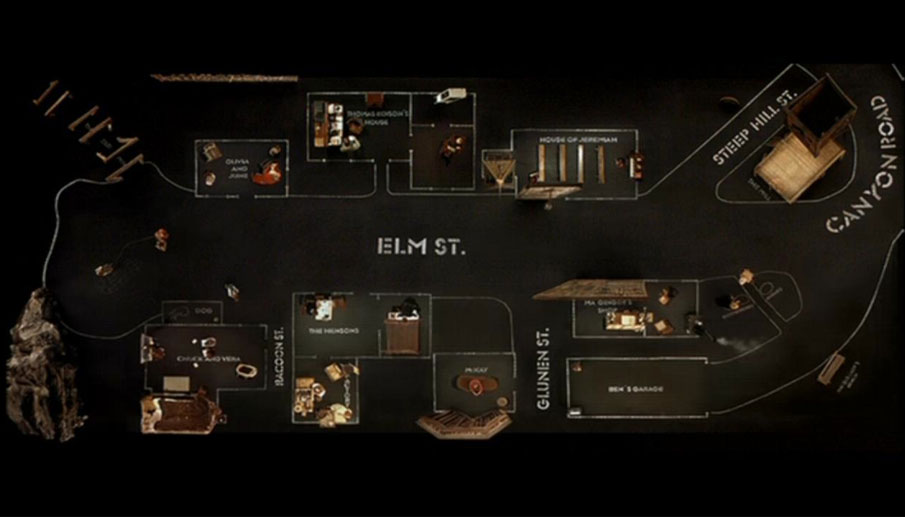 |
Setting the Stage: The Conflation of Film and Theater |
||||
The media screen is pervasive in our digitally saturated culture. It's main function is to perform as "display structures" for us to gather information, communicate with others, and entertain us in various ways. Within the context of Mediatecture we can identify these ubiquitous forms on buildings as spaces where action takes place. The designer identifies them as platforms that facilitates a digital performance to interact with us in various ways, much like actors upon a theater stage. In the movie Dogville, Lars von Trier directed a film in which the action was placed within the confines of a representational theater stage. This was visually executed with rudimentary furnishings, and chalk lines denoting the separation of one space from another. |
Respectfully, von Trier uses the staging conventions of theater such as lighting, to focus ones attention to the action. And to fill in context he provides the actors with very simple narrative objects like a chair or the jam of a doorway. Von Trier also includes the framing conventions of film, like a birds-eye or gods-eye view, to develop place and relationships. The appropriation of theater into cinema is as old as the medium itself. And current Broadway productions are incorporating digital video in pursuit of reinvigorating the theatrical spectacle. Shows like Spiderman, War Horse and Shreck are using video to quickly infer time, space and story. |
In many ways, the creation of narrative for theatre and film are very similar. Both offer a story told in dramatic form. Both entail an enactment of scenes by performers who speak and act as if they were actually the people they represent. Even the way in which the medium is presented has also been similar, with the exception of a few experimental theater productions that have not been intended for mass consumption. The designer believes Mediatecture would allow further evolutions of this long relationship between the stage and the screen. |
||
| Victorian Locomotion: The Staging of Objects | ||
// In this experiment, the designer, much like von Trier, staged the narrative to simulate many conventions of live theater. Theater is composed from three physical conventions, all derived from the techniques of the Elizabethan acting troupes; movement, diegetic or non-diegetic sound and the physical form of the stage. The stage consisting of a platform, a backdrop and a visible or invisible border that separates the audience from the performance. To focus attention to the video elements that support the narration, the re-creation of a spotlight was added to the composition. This approach propels the action of the story instead of using cuts which would have been the appropriate sequential solution in video editing. |
In theater physical appendages are normally constructed to aid an actors performance. These appendages were simulated in the work as rectilinear shapes staggered at varying depths and sizes. This allows for the virtual objects to define the physical ligatures to frame the action for the viewer. The same physical objects can then be used at the discretion of the author as they create the scenes that complete the narrative.
|
|
| Metropolis : The Projected City |
// The most valuable insight from this experiment is that the designer begins to introduce the dimensionality of space within his narratives. The flat media screen is constructed to disappear when content is displayed, consequently there isn't much need to dimensionalize it, or is there? By considering the screen as an object as suppose to an invisible window, sculpting the screen becomes of value to aid in the performance of the story. A theatrical stage with it's various stage configurations (i.e. thrust, proscenium, in the round), certainly uses form as an effective tactic to create emotional relationships with the audience.
|
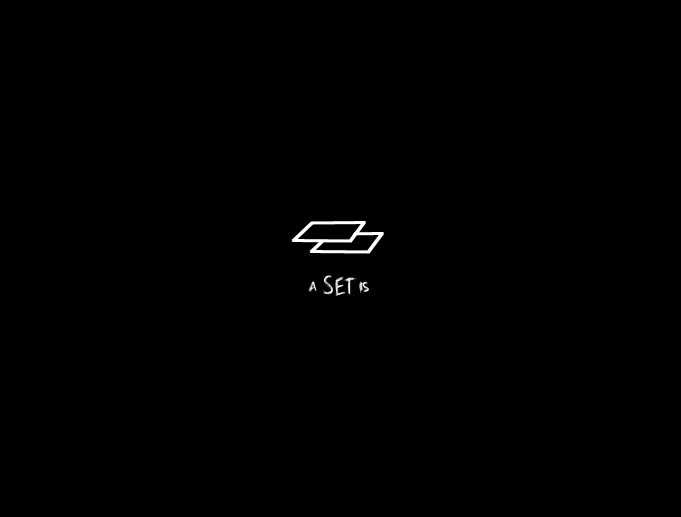
Work space starts empty. Viewing space contains a chosen collection of objects. TUFNELL / CRICKMAY
|

| Mise-en-Scene : Placing the Scene | ||||
// Elizabethan audiences in massive numbers witnessed the works of William Shakespeare and Christopher Marlowe. Compared to the technical theaters of today, the London public theaters of the time seemed to be terribly limited. The plays had to be performed during daylight hours only and the stage scenery had to be kept very simple with just a table, a chair, and maybe a tree to symbolize a forest. The transition from working singly to working in a multiple involves a shift in perspective. In theater, the thing that separates itself from cinema, is it's presentation of nodes in a network of multiple relationships that the viewer must create themself. |
// The Wilderness Downtown was a collaboration between Aaron Koblin, Chris Milk and Arcade Fire. The project scope was to use the HTML5 programming protocol to produce a Interactive Music Video for Arcade Fire's hit song "We Used to Wait." The experience was a fresh take on a Flash'd-out audience and propelled designers to participate in the HTML5 video frenzy. If you were to categorize the genre, it wouldn't be wrong to align it to theater. Theater is defined by the designer as the real-time performance of characters within a defined space. Here HTML5 / and javascript is the script, and the users |
machine is the performer. The performer places objects onto the stage, prompting the user to make meaning of what is being viewed. The Wilderness Downtown combines familiar and contemporary modes of media that we can easily digest as narrative. The following video the designer recreates the the same performance in physical space. This time he triggers the videos in real-time, facilitating a changing pattern of sound, action, and light. |
||
| A+D Museum : Making Connections |
// In this collaborative installation, it's evident that the work is partially reflective of the designers experimentations with fragmentation. Although, in this project, the group of designers added physical computing to the formula. By networking a hardware system to a software system, the designers provided a architecture that gave the users an interface for controlling content responsively. Within this model, natural user interfacing gives users a means of directly controlling the outcomes of the narrative without the use of automation.
|
| Expanding Relationships |
// The last three videos documents the designers experimentation of breaking down narrative into its constituent parts to reconstruct them in a way that dimensionalizes the story. He structures the "spatial composition of the projected surfaces" to simulate actors on a stage. By doing so he invites the viewer to wander through the narrative changing his or her relationship to the foreground, background and in-between. |
| Scenography : Material and Form as Context | ||
// Contemporary media displays are constructed with the expectation to enhance the intended images that will eventually be presented in the space. Therefore materiality, and form are only considered for commercial purposes. In this video, we see the designer project video on various types of surfaces. These tests were conducted to support the concept of Scenography. Scenography is a philosophy in which all elements that makeup the “viewing area” contribute to establishing an atmosphere and a mood to support the high-level themes of the narrative. In the following video, titled Meshes, the designer uses this philosophy to experiment with the concept of the whole. |
He adapts the experimental film "Meshes of the Afternoon" by Maya Deren to explore the ways materiality and form can add to the emotional state of the objects within the virtual content. The original film underscored the repetitive banality of suburban life as experienced by housewives in 1940's Los Angeles, and looked to shatter the viewers sense of time and space. To induce the interior emotion of Deren's film, the designer hung wire mesh on a clothesline to highlight the concept of domesticity. The porous materiality of the mesh created a fragmented collage of the images projected, and also made the digital objects feel entangled like a fly in a spider's web . The looped installation created the feeling of routine and displaced the comfort of defining the beginning or the end. |
|

The most significant works of the twentieth century are those that rise beyond the conceptual tyranny of genre; they are, at the same time, poetry, criticism, narrative, drama, etc. JUAN GOYTISOLO
|
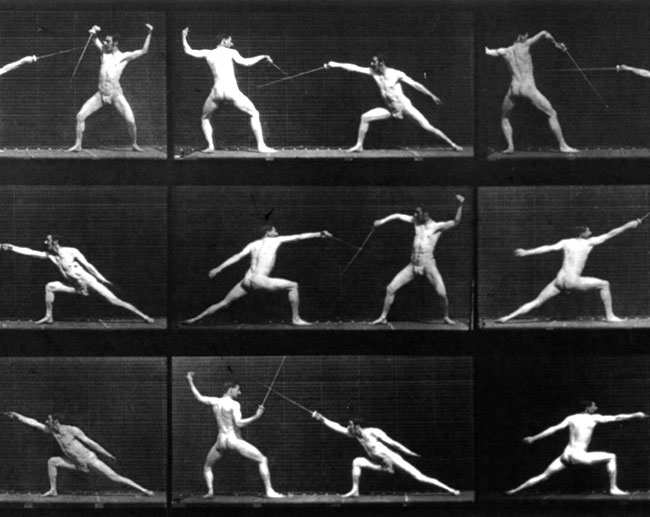
| A Play Within
WRITTEN BY MANNY DARDEN An attractive woman in her late twenties lets out a deafening shrill in a sea of darkness. Her voice trembling with fear as she calls out her lovers name. Harry! An oil lamp flickers illuminating the crimson velvet curtains and gold-leafed moldings that adorned the four-poster bed. A naked athletic man in his early twenties leaps from the bed puzzled and confused. Flora...What is it? He’s here. You must go. The frightened woman exclaims. Edward...He’s not suppose to return from London for several weeks? Bellows Harry as he collects his nightshirt from the floor. Flora quickly throws her hair up and secures it with pins. |
|
I heard a carriage stop just outside the porte cochere and as I looked out the window. I saw him stumbling to the door... A scratchy voice interrupts her sentence Hello Dear, are you decent? Edward an eccentric looking man in his early forties, with a long gray speckled beard enters the room holding a piece of parchment in one hand and concealing a Schofield Revolver in the other. Ah...Good evening, Major, my name is Muybridge and here is the answer to the letter you sent my wife Edward points the Schofield Revolver at Harry and pulls the trigger. The bullet, as it races towards Harry, suddenly halts in mid air and spinning color wheel icons hover above the three figures frozen in time.
|
Fuck! A man in his early thirties slips on his Apple Headset Pro and leaps from his Herman Miller arm chair unenthusiastically. He swings at Muybridge revealing the holographic beam. Damn server! Force quit. Shouts the man. The three figures, disappear. The man utterly frustrated speaks into the headset. Open Muybridge Installation. Render Eadward's Return. A white beam renders out the Victorian Bedroom, as the man returns to his chair. A woman’s deafening shrill is heard in a sea of darkness. Harry! |
| Screen Locomotion | ||||
// The short story that precedes the video served as inspiration to the work. Technically, Screen Locomotion pays homage to experimental film and video artists who have carried out radical experiments by expanding the boundaries of the screen. Four projectors, four laptops, and twenty five individual fragments of acrylic, and wood were used to facilitate the highly stylized theatrical narrative. The story communicates the three perspectives of the main characters, Edward Muybridge, Flora Muybridge, and Harry Larkins. The narrative( based on actual events ) highlights the conformity of Victorian culture while acknowledging the creative and industrial virility of the era. |
Edward Muybridge is considered one of the major contributors to cinema, and possibly fathered the medium with his animal and human studies. In the late 19th century Muybridge committed a crime of passion by shooting and murdering Larkins, who had an indiscreet sexual liaison with his wife, Flora Muybridge. The extension of the single screen to many screens and from the single projection to multiple projections. Represented not only an expansion of visual horizons and a hyper-mediated visual experience. It also engages in the new approach of multi-planar storytelling forcing the audience to take an even more active role in the consumption.
|
Fragmented video alongside each other, one on top of the other and in all spatial directions represents more than an invasion of space by the visual image, but also an expression of multiple narrative perspectives. This way, the well-known linear cinematic narrative is spread throughout the space creating an multidirectional viewing area. In this situation, the viewer plays an active and participatory role as he/she creates the narrative sequence by traversing the space across multiple site lines. |
| Midsummer |
// Sometimes, the idea of a participatory audience is stretched further in an interactive video installation. Some other times, the video is displayed in such a way that the viewer becomes part of the plot as a character in a film. Jennifer Stienkamp uses the viewers shadow to pull them into the piece. Here the designer uses shadow, the projection, and mirrors to make the connection. The title, Midsummer , references the Shakespeare comedy and highlights the underlying theme of surveillance in the play. Surveillance mirrors were used, to this point, but also to serve as an interactive part of the fragmented media screens. The viewer can make the relationships of the images he or she see through the distorted reflection. Light is also a character in this work. The projected image indicates to the viewer that this a pastoral work. The projection also is used to illuminate the space, as it is the only light source in the room. Without it the narrative does not exist, as the designer points out by including the black rectangle beside it. |
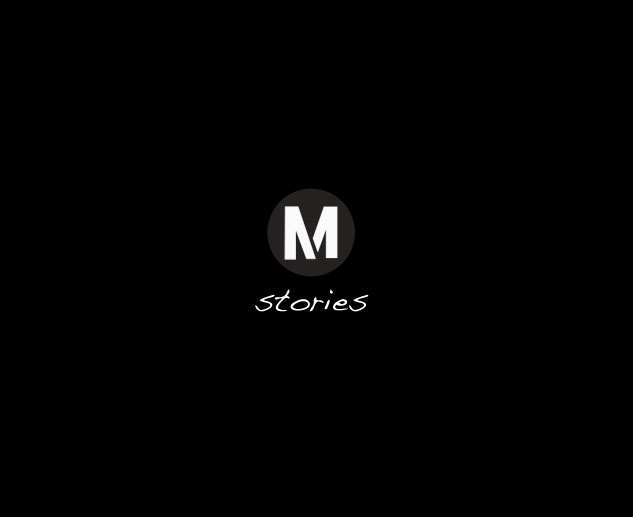
| Metro Stories | ||
// Metro Stories is a concept that cements the designers work in a familiar urban use case, the Public Metro. In recent years we have witnessed the addition of video screens to many transportation vehicles in major world class cities. LA being on of those cities, uses the screens to promote city services to it's loyal users. The designer sees it as a way to promote a new type of media experience. The screen becomes the platform in which narratives are played out , much like the concept of Cedric Price's Fun Palace each corridor and inner space plays out a different set of unique circumstances. |
The three short stories authored by the designer was inspired by interviews he conducted. He asked commuters to share an anecdote or two about a memorable experience they had riding the Metro. The stories ranged from romantic to psychedelic, but each one served as foder for the narrative case study. The final video highlights the theatrics of the city digitally augmented with the stories of it's inhabitants. |
